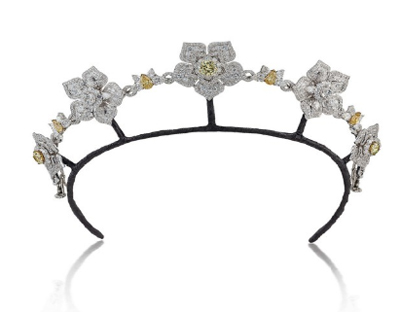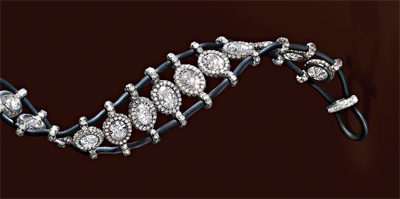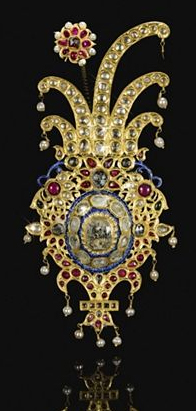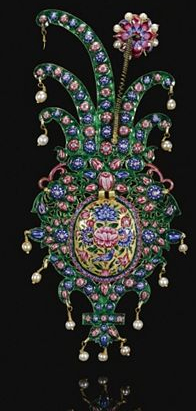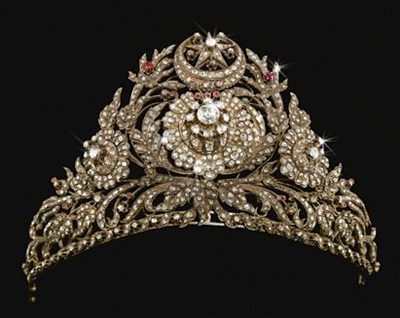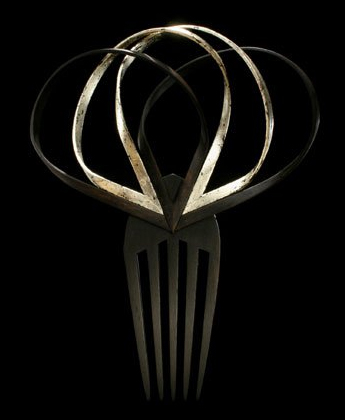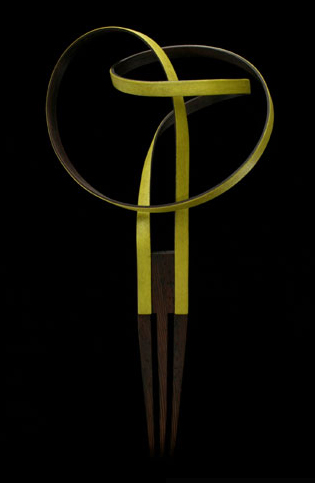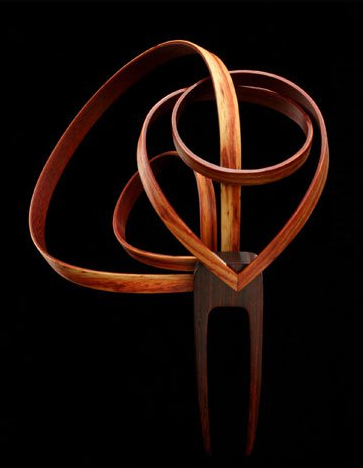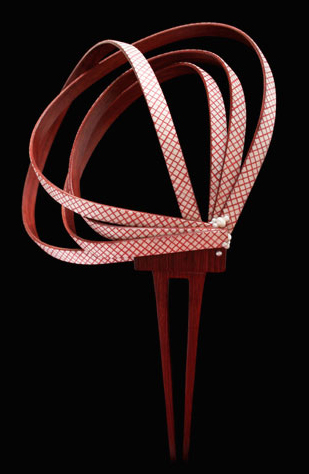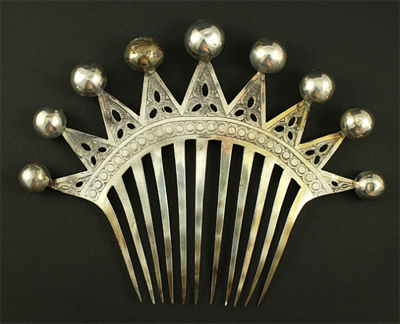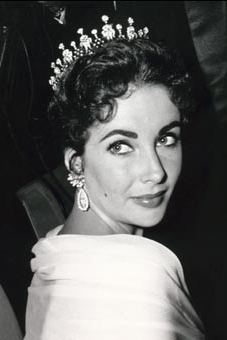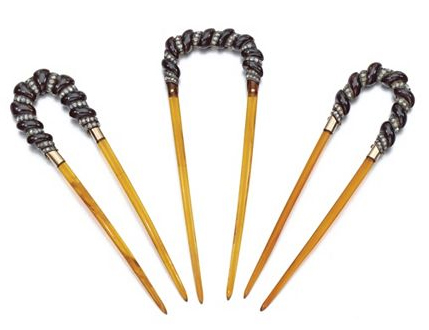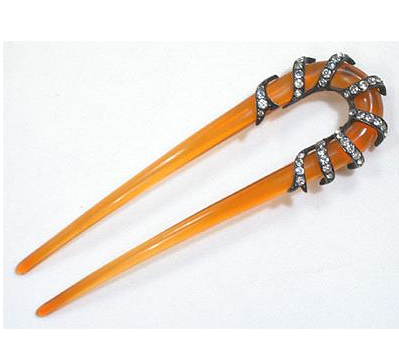Par Creative Museum
La complexité et le raffinement de la culture japonaise se traduit, au niveau de la coiffure, par d’innombrables outils de coiffeur. Nous disons “outil” car le mot “peigne” serait trop restrictif. En effet, pour dresser, draper, nouer les longs cheveux des Japonaises, il faut être coiffeur, mais aussi sculpteur, couturier, parfumeur et décorateur !
Il n’existe pas moins de 200 pièces de bois destinées à cet usage, toutes de formes différentes ; chacune porte un nom particulier et concerne les nombreuses variations des coiffures de geishas, de théâtre kabuki ou même de lutteurs sumo.
Les artisans qui autrefois réalisaient ces peignes, râteaux, fourchettes, égaliseurs, lisseurs, etc, ont maintenant disparu. Les meilleurs d’entre eux ne pouvaient produire plus de trois pièces par jour et le buis qu’ils utilisaient devait sécher au moins deux ans avant d’être travaillé. Cette belle tradition n’a pas survécu à notre monde moderne. Les outils de coiffeur qui subsistent sont donc à conserver précieusement. On est subjugué par la modernité de leurs lignes que ne désavoueraient pas les plus grands créateurs d’aujourd’hui.
On dit qu’un objet est parfait quand on ne peut plus rien lui enlever, ni rien lui rajouter. C’est vraiment le cas ici.




